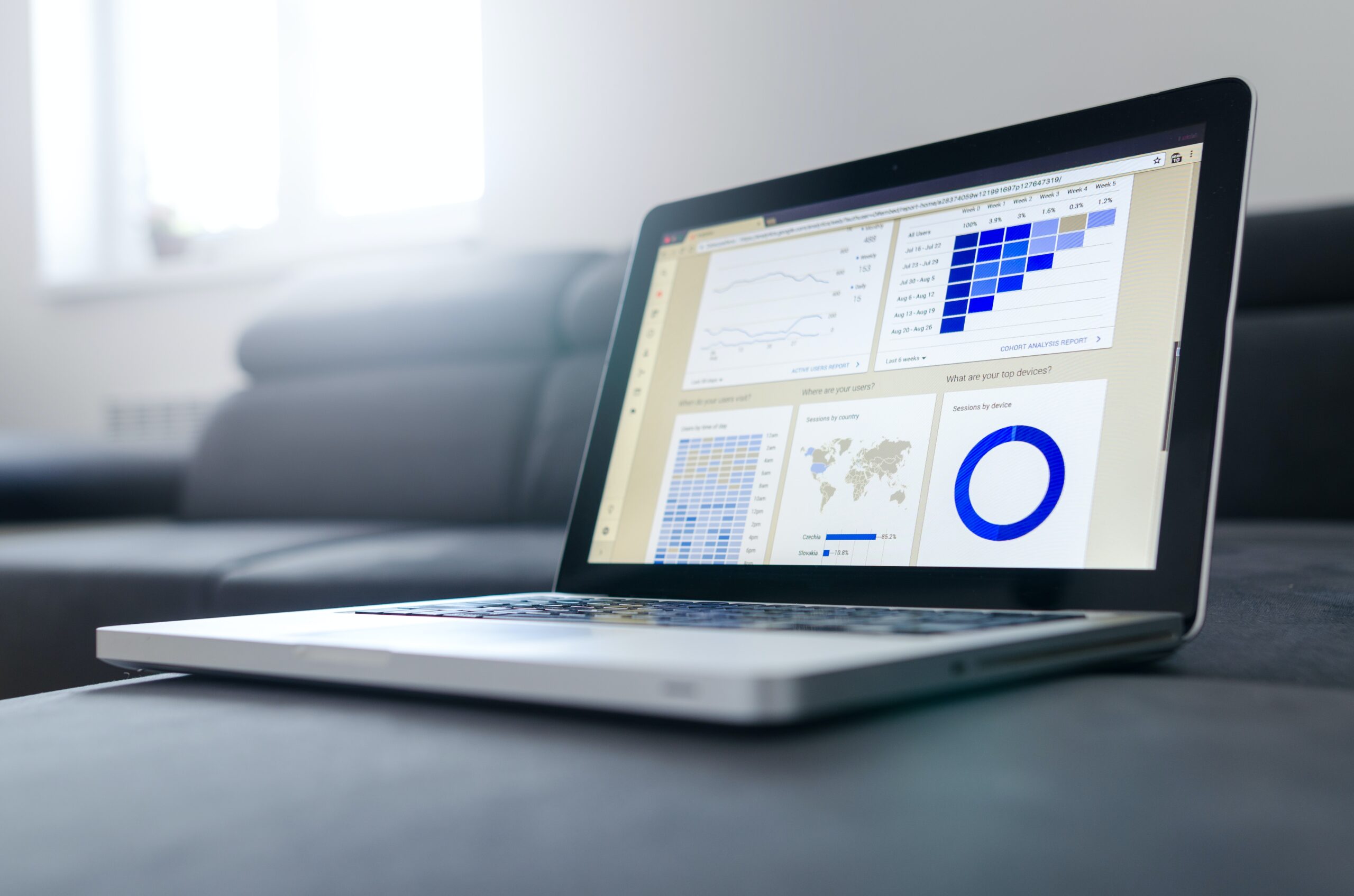
All new research builds on the discoveries of the researchers that came before. Not having to rediscover every facet of your field is what makes further innovation possible. This is especially true as the COVID-19 pandemic continues to disrupt normal research processes. It’s vital that research of all kinds can rely on a spirit of collaboration, open access, and interdisciplinary approaches to solving complex problems. This is true for researchers working together to overcome the challenges humanity faces, but it’s also true for identifying and reusing data that is directly relevant to your research. The practice of reusing data has a myriad of benefits for you and the researchers whose work you’re building on.
When reusing research data, it’s important to follow best practices of citing data and acknowledging sources to give credit where it’s due. Be sure to follow citation standards in your discipline or the preferred citation guidance of the data source.
Reusing data maintains research continuity
While we all work to minimize the risk of transmission of COVID-19, data reuse can help researchers who are not yet able to resume on-campus research or who are not able to turn to virtual research methods. Exploring and re-using datasets can give researchers new perspectives in their field while maintaining research continuity from home. Check out our guide to Finding, Reusing, and Citing Data to get started.
It saves time and resources:
The most tangible benefit of reusing research data is the time it saves. The responsible collection, processing, and preservation of data is a huge investment of resources. By building on the findings of previous research, you can dramatically accelerate your own work. Saving time during a research project makes your work more efficient and therefore more productive. And since all research projects are looking to maximize resources, increasing efficiency and productivity have the potential to dramatically expand the scope of your research outputs.
It’s a great way to find new collaborators and foster interdisciplinarity:
Building on the findings of past research is an excellent way to find researchers whose areas of expertise can substantially inform your own work. It also presents opportunities for working with researchers at other institutions, in other fields, or in other geographical locations. Establishing these connections with other researchers and fields can open present new directions for your work to go in.
It boosts research visibility:
Reusing research data can shine a light on projects that had been previously published but had left the scholarly communities’ attention. It can also expose your research to other fields. Expanding the visibility of your own and others’ work can only improve the reach of everyone’s work and further connect disciplines and projects that may otherwise remain separated.
It exposes data to new tools, methods, and approaches:
It’s possible that a researcher from the past produced data at volumes that were too large to process with existing resources. It’s also possible that time and resource constraints prevented the researcher from investigating new tools for analysis that your reuse of the data will now make possible. It works in the other direction as well: you may also discover new methods, tools, or approaches that were applied in past research and that can lead to new breakthroughs in your work.
It contributes to the scholarly community and society at large:
Reusing research data requires evaluation of the methods and findings of existing datasets which serves as additional review for rigor, validity, and future usefulness of the data. The researchers who produced the data can then use this evaluation to improve their methods, results, or communicate their findings in new ways. Your efforts to verify the findings and methodologies of the work that preceded yours ends up serving the entire community, a benefit that may be difficult to measure, but that exists as one of the core values of scholarly inquiry.
Finally, as we all endure the disruptions of normal life during a global pandemic, it’s also important to point out that the reuse and sharing of data can help researchers arrive at crucial solutions to widespread problems more quickly. During the COVID-19 pandemic, researchers throughout the world have shared and reused data that are, right now, accelerating the process of discovery for treatments for the virus. This represents a dramatic example of how participation in these information sharing practices can impact significant global events.